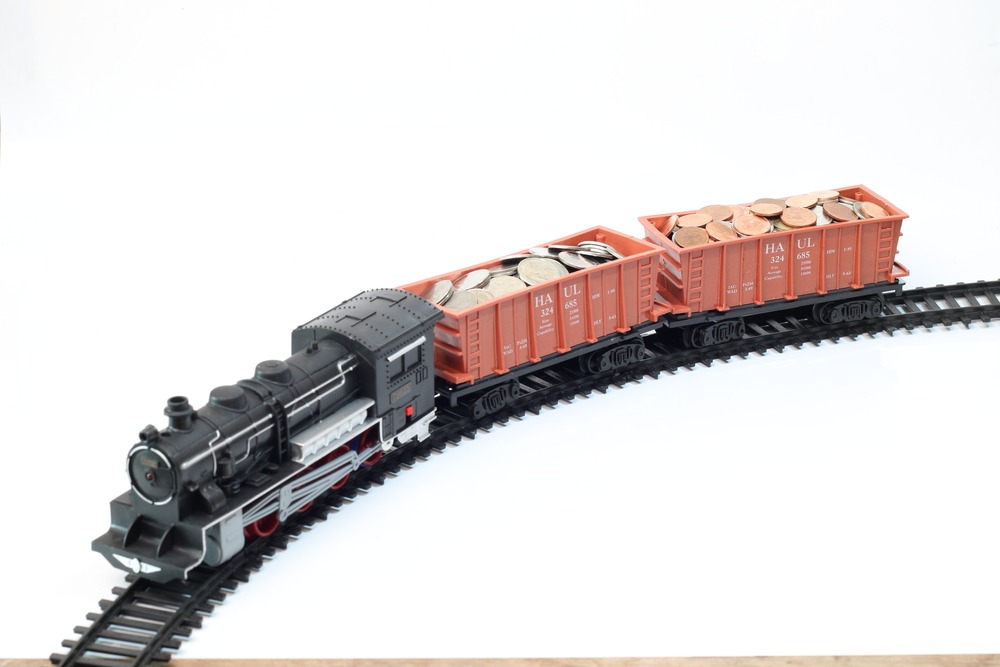
A panel made up of state officials and Amtrak representatives has, in a new report to Congress, requested a change of funding for rail improvement projects, turning from annual appropriations to a dedicated funding stream.
The State-Amtrak Intercity Passenger Rail Committee is a congressionally mandated entity, meant to report on state-supported passenger rail routes. In all, 18 states and 21 agencies are involved, along with Amtrak. Addressing their findings to the leadership of the House and Senate committees with jurisdiction over rail issues, the committee requested full funding of rail grants originally authorized in 2015 and urged a shift to long-term funding to guarantee major projects could be planned and executed accordingly.
“Amtrak and its related discretionary rail grant programs are funded through the annual appropriations process, making it difficult to plan, execute and finance multiyear construction projects,” the report’s authors wrote.
They contended that the current system leaves surface transportation infrastructure with annual uncertainty, whereas highways, transit and airport infrastructure investments are all granted dedicated revenue given through trust funds. Despite this, the committee found that during fiscal year 2017, state-sponsored rail routes carried more than 15 million passengers, with state partners generating more than $790 million in ticket revenue and capital and operating assistance to improve intercity rail service.
Amtrak works with states to pay for trains and track improvements, with states also offering subsidies for costs beyond fare revenues. In the case of the committee, such organizations have been working together since the 2008 Passenger Rail Investment and Improvement Act, which required states to take financial responsibility for passenger routes under 750 miles that are outside of Amtrak’s Northeast Corridor.
The committee determined that full funding of the proposed federal grants would allow investment of millions into infrastructure and safety upgrades.